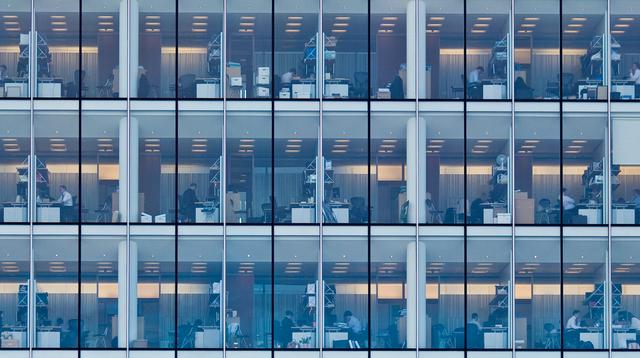Anything that changes how we feel emotionally can have an impact on our physical health too, according to the science of psychoneuroimmunology.
There are three main systems in the body that are involved in maintaining health: the nervous system, the hormone (endocrine) system and the immune system. These are in a triangle of communication, each interacting with the others. Anything that affects one system can affect the other two.
“The body has all of these failsafe systems in place to keep itself healthy,” says Michael Lumpkin, Professor of Biochemistry and Cellular and Molecular Biology at Georgetown University, USA. “All you really need to do is provide a healing environment and the body will typically do the rest.”
Lumpkin explains the effect of healing environments through their calming effect on the central nervous system: “Part of what you’re doing is providing some sensory deprivation that you probably need… You’re cutting down on all these excitatory and stressful stimuli… Noise, bright, threatening colours like bright red and orange, noxious odours… any negative sensory input will trigger the stress hormone systems.”
Swapping a stressful environment for soothing natural colours, landscapes and sounds helps to calm the nervous system.
But what does stress do to our bodies? Stress is detected by our nervous system, which communicates with our hormone system to increase stress hormones, such as cortisol, adrenaline and noradrenaline (epinephrine). These hormones activate organs and tissues including your lungs, heart and skeletal muscles, getting you ready to either fight or flee from the immediate threat — be it physical or psychological.
At the same time, these stress hormones suppress systems in the body that aren’t immediately necessary for fight or flight. These ‘non-essentials’ include sex hormones, growth hormones, thyroid hormones and also the immune system. Whenever we are stressed out our immune system is being compromised.
While this works really well in the short term, conserving energy and allowing us to react to immediate danger, it is not good for us in response to chronic stress. It sets off a whole cascade of events, says Lumpkin, which can become harmful.
One of these events is the inflammatory immune response. Dr Andrea Danese, Clinical Senior Lecturer at the Institute of Psychiatry, Psychology and Neuroscience, King’s College London, has spent years researching how this response is elevated in adult survivors of childhood trauma. He used a large research sample of people from Dunedin, New Zealand, to compare adults who had been maltreated as children with adults who had not.
The adults with adverse childhood experiences had higher levels of the inflammatory blood biomarkers that indicate immune system activation. This immune response is vital for the body to fight disease in the short term, but its presence longer-term is harmful. “It has been associated with several chronic, age-related diseases,” says Danese. “Cardiovascular disease, type 2 diabetes, some forms of cancer, and probably dementia.”
Chronic stress can happen at any age. People whose everyday jobs keep piling on the pressure are especially vulnerable, people such as combat soldiers, firefighters, air traffic controllers, police officers and emergency room staff.
Lumpkin himself has studied the effect of providing medical students with stress management training. After 11 weeks, students who had this training (which included meditation, relaxation and other coping techniques) had lower levels of the stress hormone cortisol than their colleagues who had not had the training, whose cortisol was rising and rising.
But Lumpkin points out that chronically stressful environments can happen anywhere, including in any open-plan office: “You have no privacy, you have no time to just sit and contemplate a problem. You’re constantly being bombarded by your colleagues and their issues,” he says. “I do think buildings and offices can be redesigned to improve the quality of life and health of the workers.”
Today’s culture of being continually ‘on’ and available 24/7 only adds to the problem.
So what can we do? “As long as epidemiologists are telling us that 80 — 90 per cent of all human diseases are stress-related then I think that managing stress is a legitimate target,” Lumpkin says. He thinks that we should consider the working environment as an important part of public health. “Let’s face it — where do we spend most of our time?” he says. “Most of our waking hours are working.”
Picture: Paul Campbell/Shutterstock
This article first appeared on Mosaic and is republished here under Creative Commons licence.
